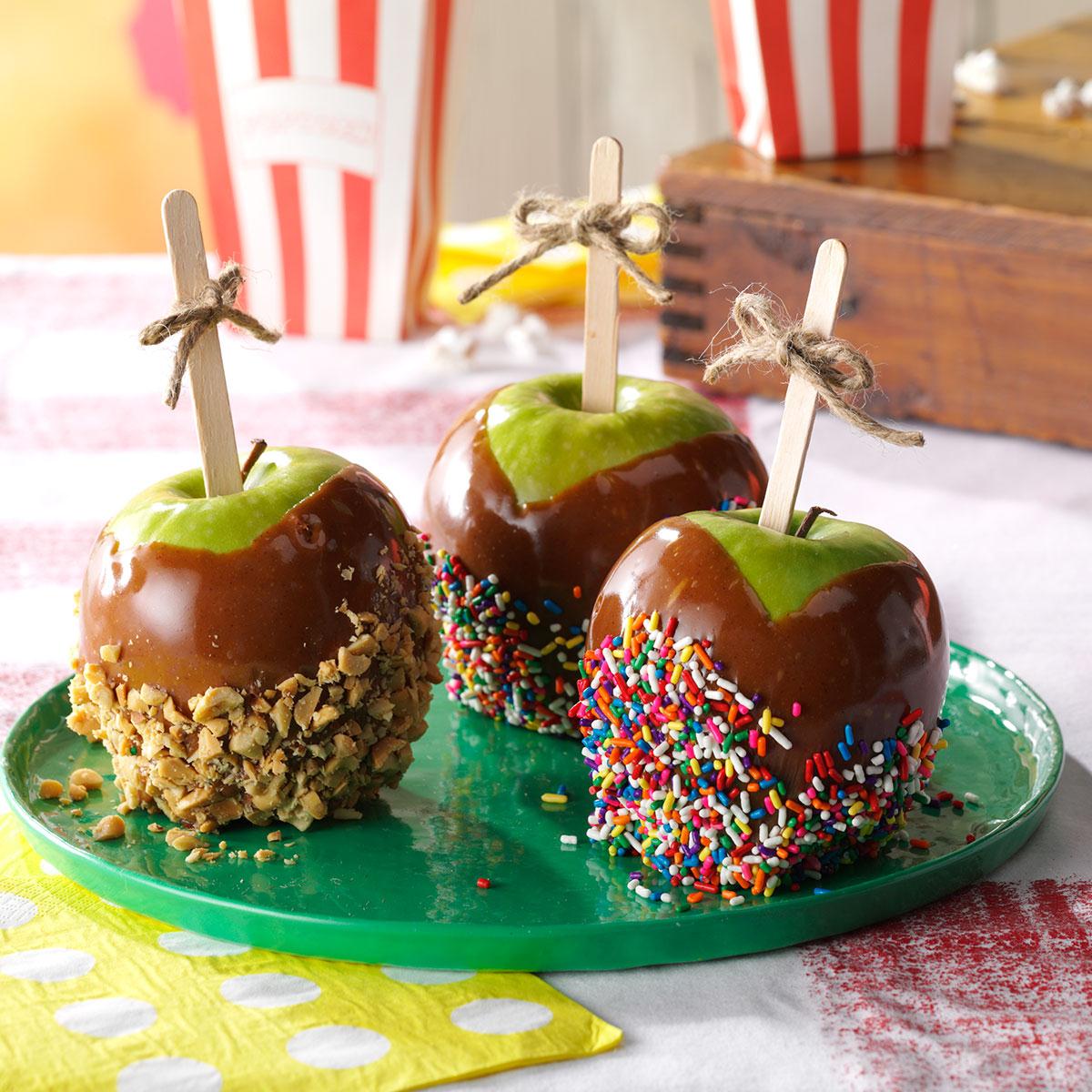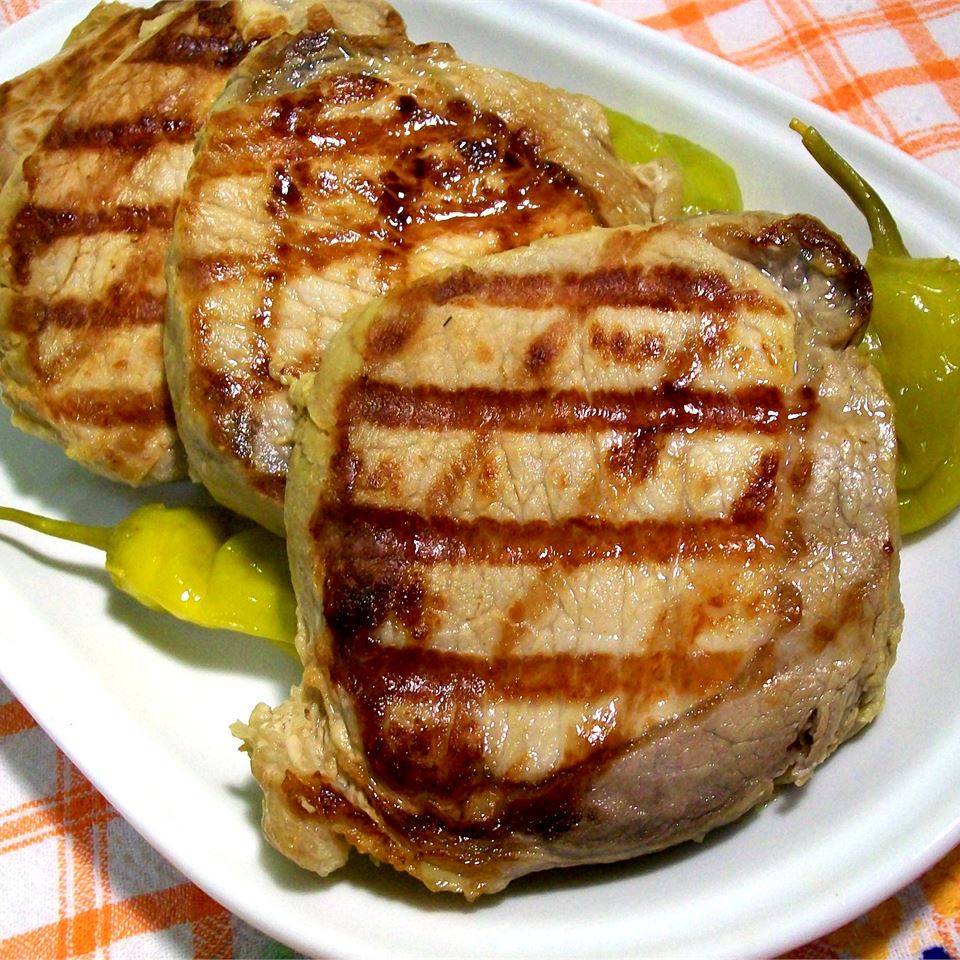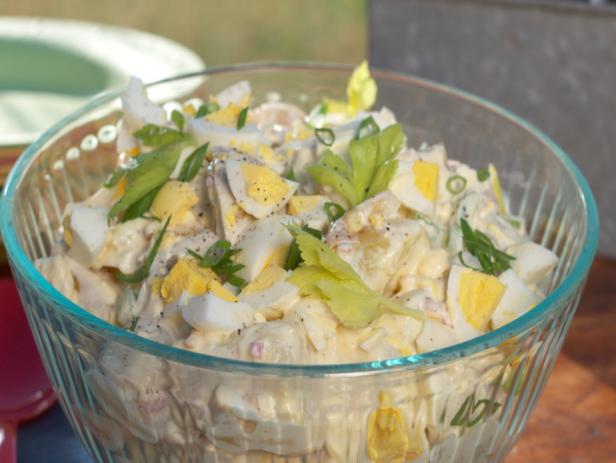
This is a free-form bread, so you can bake it in larger or smaller pieces as you wish. By using a special technique to stretch and fold the loose dough, you can make it beautifully strong and elastic. And don't be intimidated by the total time: much of it will be spent fermenting the dough. (For baking, accurate metric measurements produce the best results, so we recommend using a digital scale for this recipe.)
Provided by Zachary Golper
Categories side-dish
Time P1DT16h
Yield 12 servings
Number Of Ingredients 11
Steps:
- Starter: Also called pre-ferment, levain, or poolish (which contains commercial yeast, as in this starter), this is the leavening or rising component of the bread. Turn on a digital scale and weigh your empty container. Deduct the weight of the container by pressing the "tare" function, which resets the scale to zero. Add water to the container and add the pinch of yeast. Tare to zero again, and add the correct amount of flour to the water and yeast. Use a chopstick to stir the starter until the dry and wet ingredients are just mixed. Cover the container with plastic wrap and let rest at room temperature, away from direct sunlight, for 10-16 hours, but optimally 12 hours
- Dough: Place an empty container or bowl onto the digital scale and tare to zero; add water to measure by weight. Pour some of the water into the starter (poolish) and use a rubber spatula to loosen the mass around the edges. Empty contents into a bowl and use the spatula to combine with the remaining water so there are fewer lumps. Stir in honey and olive oil, then stir in yeast. Add flour and salt. Using a wooden spoon, and starting in the middle of the bowl, slowly stir to the edges until most of the flour has been mixed in and hydrated. Dough will be thin and soupy. Stir vigorously with the wooden spoon to bind the dough and bring it together, 1 minute. Pour the dough (which will now have the texture of thick pancake batter) into a bowl coated with nonstick spray. Cover the bowl with plastic wrap and let rest at room temperature, 45 minutes.
- First Stretch and Fold: Combine 1 part fine semolina with 5 parts unbleached white flour to make dusting flour, and generously dust the work surface, a plastic bench scraper, and your hands. Using the scraper, release the batter/soupy dough from the bowl and onto the prepared work surface. Dust the dough with more dusting flour. Use the scraper to stretch the dough by going under it and gently pulling out. Repeat this around the edges of the dough until the mass is the shape of a loose rectangle. Starting at one end and using the scraper under the dough, roll the dough like a tube, about 3-4 times around. Flip the dough so it's seam-side up, and flatten again to a rectangle so the seam stretches left to right. Repeat rolling, returning to a seam-up position. This fold may be difficult as the batter is still soupy, but it should have enough stretch to be manageable. Use the scraper to tuck the sides under, toward the center of the dough, and then quickly and gently place the dough seam-side down in a bowl coated again with nonstick spray. Cover the bowl with plastic wrap and let rest at room temperature, 45 minutes.
- Additional Stretching and Folding: This technique strengthens the dough by folding it over onto itself. This process is repeated 3 times, with a resting period after each stretch and fold. Generously dust the work surface, a plastic bench scraper, and your hands with dusting flour. Using the scraper, release the dough from the bowl (it will still be soupy, but firmer than before) and onto the prepared work surface. Dust the dough with more dusting flour. Use the scraper to stretch the dough by going under it and gently pulling out. Repeat this around the edges of the dough until it's in a loose rectangle. Fold dough in thirds, like a letter, then do the same fold in the other direction. Place the dough back in the bowl coated with nonstick spray, cover with plastic, and let rest at room temperature, 45 minutes. For the third stretch and fold, repeat the steps for the second stretch and fold. Cover with plastic coated with nonstick spray and let rest at room temperature, 45 minutes. For the fourth and final stretch and fold, you will not need as much flour and the dough will be easier to work with. Repeat the steps, but press down on the dough to de-gas slightly before folding. Place dough back in the bowl coated with nonstick spray. Cover with plastic coated with nonstick spray and let rest 30 minutes. Transfer bowl to the refrigerator and chill 12-18 hours.
- Shaping/Fermentation (Proofing): Shape the dough to prepare it for baking, then ferment (proof) it for a period of time to expand the dough and develop flavor. Generously dust the work surface, a wooden board for proofing the dough, a plastic bench scraper, your hands, and the top of the dough with dusting flour. Using the scraper, release the dough from the bowl. Dust the dough and gently stretch it into a square shape, being careful not to let any gas escape. The dough will also spread on its own immediately after it's laid out on the surface. Using a dough scraper, divide the dough into 3 equal pieces. (Alternatively, you can cut the dough into smaller pieces, making smaller ciabattas.) Place on the wooden board and gently coax each piece into a rough rectangle. Spray plastic wrap with nonstick spray and lay it over the loaves. Let the dough rest at room temperature until the loaves have doubled in size, 1½-3 hours.
- Preheating Oven/Baking: Heat the cast-iron skillet while the oven is preheating. By filling the skillet with ice just prior to baking, you will create an optimal environment to steam the bread, resulting in a crispy crust and tender interior. Place cast-iron skillet on the bottom of a cold oven and place baking stone on lowest rack. Preheat oven to 480 F (preferably convection) for 1 hour. Remove ciabatta from refrigerator, remove plastic wrap and generously dust with dusting flour. Generously dust a baking peel or large wooden board with dusting flour. Using a scraper, gently flip each ciabatta, one at a time, onto the baking peel. Transfer ciabatta directly onto the preheated baking stone in the oven. Repeat with smaller ciabattas. Fill skillet with about 1½ cups of ice cubes. Close the door and lower the temperature to 440 degrees F. Bake until golden brown, 20-30 minutes. (If you need to bake in batches, refrigerate additional loaves for up to an hour to slow down fermentation until you're ready to bake. Give the oven time to come back up to temperature, then bake as directed.)
- Cooling, Slicing, and Storing: Let bread cool completely before slicing. This bread is very moist when fresh and dries out quickly; it's best eaten the day it's baked. Ciabatta can be stored wrapped in plastic but it will become soft and lose its crunch over a 6-12 hour period.
Are you curently on diet or you just want to control your food's nutritions, ingredients? We will help you find recipes by cooking method, nutrition, ingredients...
Check it out »
#time-to-make #course #preparation #breads #yeast #4-hours-or-less
You'll also love














Shakuunda Hhhh
[email protected]This bread is amazing! I can't believe how easy it was to make.
karmiah. brown
[email protected]I'm so glad I found this recipe. It's the best ciabatta bread I've ever had.
More Ara
[email protected]This recipe is a keeper. I've already made it twice and it's been a hit both times.
Shati Akter
[email protected]I love this bread! It's so soft and fluffy.
Adegbola Solomon
[email protected]This is a great recipe. I will definitely be making this again.
Ginger Devore
[email protected]I can't wait to try this recipe. It looks amazing!
MR AELES
[email protected]I'm so impressed with this recipe. The bread turned out perfectly and it was so delicious.
KELVIN KARIITHI
[email protected]This recipe is a must-try for any bread lover.
Becky Boydston
[email protected]I've been baking for years and this is one of the best ciabatta bread recipes I've ever tried.
Ryan Jack (LegendaryRyxo)
[email protected]This bread is so easy to make and it tastes amazing. I highly recommend it!
Salad-chan
[email protected]I've made this bread several times and it always turns out great. It's a definite favorite in my house.
Linda Nelson
[email protected]I love this bread! It's so versatile and can be used for so many different things.
arkan elyass
[email protected]This recipe is a game-changer! I've been using it for years and it never disappoints.
Ahmed Ridoy
[email protected]I've tried so many ciabatta bread recipes and this one is by far the best. It's so easy to make and it turns out perfect every time.
Saghir sehbash
[email protected]I made this bread for a party and it was a huge hit! Everyone loved it.
Sem Dema
[email protected]This bread is amazing! It's so light and fluffy, with a perfect crust.
syed zahid hussain shah
[email protected]I'm so glad I found this recipe. I've been looking for a good ciabatta bread recipe for ages. This one is definitely a keeper!
Lekan wale
[email protected]I followed the recipe exactly and the ciabatta bread turned out perfect! It had a crispy crust and a soft and chewy interior.
Iqra Qureshi
[email protected]I have been trying to bake the greatest ciabatta bread for years. This recipe is a winner! Thanks for sharing this awesome recipe!